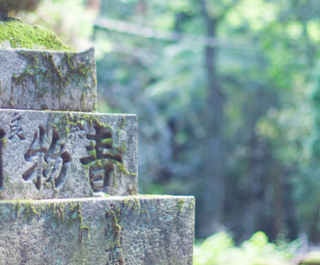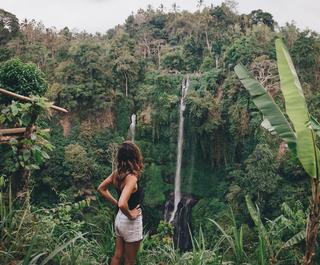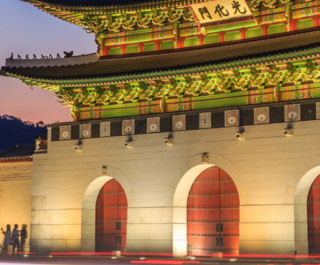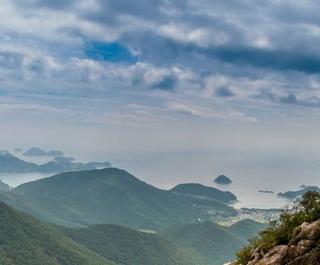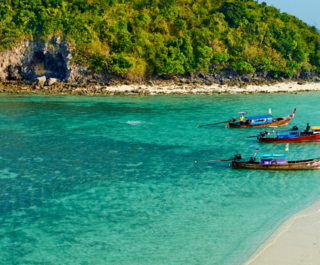
The Indonesian archipelago is made up of around 17,500 islands. It is therefore all the more remarkable that three miniature atolls situated just off Lombok and about three hours boat ride from Bali, continue to grow in popularity.
Prior to the 1970s, the Gili Islands - or more correctly Gili Trawangan, Gili Meno and Gili Air - were just blips on the radar. In an interesting parallel with Australia, the island was settled by convicts from Mataram Prison, who were sent to assist establish coconut plantations; an initiative that was abandoned several years later.
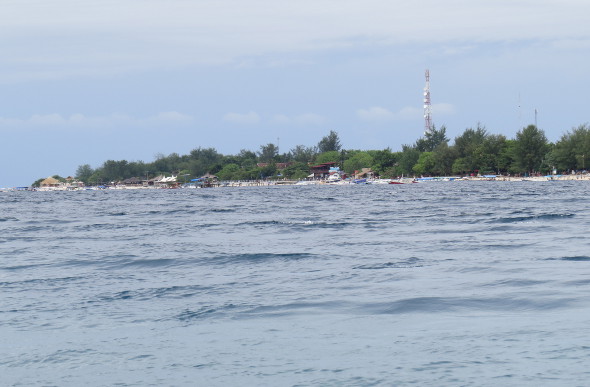 Gili Trawangan from the water
Gili Trawangan from the water
Tour guide Tami has been living on Gili Trawangan, where all 2000 locals work in tourism, since 1995. We wander through the heart of the commercial area on the east side of the island. The street is lined with comfortable hotels, backpacker digs, restaurants, bars, souvenir stores and dive centres.
"From this part to that part it was empty in 1995 when I first arrived. In twenty years, this has all been created. When the first tourists came for a holiday they thought the island was beautiful and they fell in love with Trawangan. So they told the story to their friends and their friends came. Through word of mouth the Gili’s became famous," said Tami
"I think it will keep getting bigger and they will get more popular because in Lombok we have a new international airport. Australians can now fly direct from Perth to Lombok and it’s only a 40-minute flight from Bali. I think eventually in the future the entire road that circles the island will be full of development. There’ll be more construction, more people living here and more business."
It’s easy to become intoxicated with the islands – they are all rimmed by glorious sand that flows seamlessly into soothing tropical waters. This is a car free zone with only bikes and carriages pulled by horses to transfer tourists around. But these sun-blessed islands are all so small that you really can walk everywhere. There’s the full range of accommodation options and dinner is served facing the ocean.
While soaking up the Indonesian rays on the glorious sand is a perfectly acceptable way to spend the day on Gili T, as it's affectionately known, Tami tells me that the waters around the three islands are noted for the abundance of marine life that live on the coral reefs. Diving is big business but snorkelling is also a fantastic way to admire the sea life. There's a public glass bottom boat trip which departs at 10.30 each morning that motors tourists around to the principle snorkelling spots, but Tami offers to take me out on a private boat.
How could I refuse his generous offer?
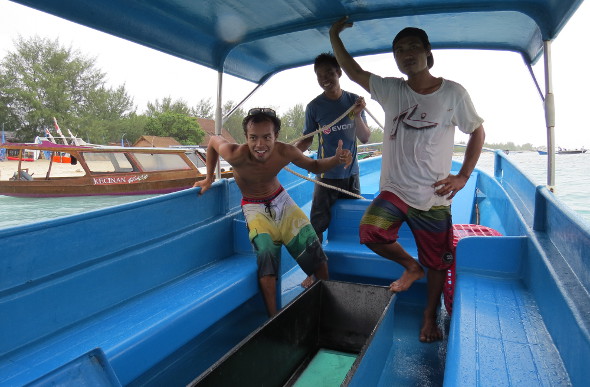 My intrepid crew
My intrepid crew
So Tami as tour guide, Mausam as a my snorkelling guide and a skipper head out from Trawangan, to the coast of Gili Meno, the smallest and least developed of the three islands. The trip takes about five minutes.
As I'm putting my flippers and mask on, Tami tells me that I'm guaranteed to see a turtle at this spot. When I respond with significant enthusiasm, Tami tempers his promise to, 'God willing, you'll see a turtle.'
But he needn't have added a qualification, as soon as I entered the water behind Mausam there was, feeding amongst the coral, a massive turtle. Within moments, another would glide into view, followed by two more of these magnificent creatures.
There is a concerted effort to protect the Hawksbill and Olive-Ridley Turtle species. In the centre of town, there's a display of hatchlings with a collection box for donations to further assist with ensuring the turtle's survival. In the same way, that the turtles at Mon Repos come ashore in Queensland, so to do turtles lay their eggs on the beaches of the Gili Islands. The eggs are collected by farmers during the nesting season between March and September and relocated to special sand pits. When the babies are strong enough (the hatching season lasts from May to October), they are released into the sea so they can enjoy the freedom of the ocean.
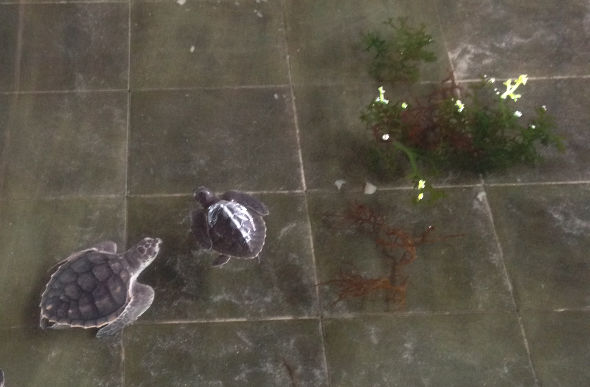 The turtle hatchery
The turtle hatchery
Knowing these turtles are probably reared by hand doesn't diminish from the awe and admiration, and the inescapable urge to follow them across the sea bed. They are truly spectacular and a highlight of my visit to the Gilis.
Interestingly, along the promenade at Kuta Beach in Bali there’s a massive turtle statue again drawing attention to the plight of the turtle – turtle conversation transcends islands. Between 2002 and 2009 more than 12,000 baby turtles were released from Kuta Beach thanks to the conservation efforts. In the past few years the scheme was ramped up significantly. Of the 26,582 eggs collected from Kuta in 2013, 16,747 hatched. It's estimated that only one out of 1000 hatchlings will live to adulthood.
Tami takes me to several other points around Gili Meno before heading over to Gili Air. This snorkel site seems to be the most popular so far - there are several other tourist boats hovering around. I'm told that this point is called Garden Fish and that many snorkelers feed bread to the marine life. So without any bread of our own, Mausam and I did what any other self respecting travellers would do in this situation - swim over to the other tourists who have a stock pile of food. And as sure as the sun shines, we are inundated with a multitude of brightly coloured aquatic delights all after an easy feed. There are quite literally thousands of fish of all shapes and sizes providing curious onlookers with joy and delight.
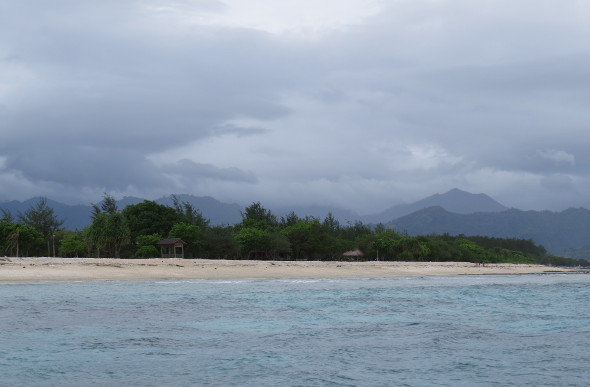 Gili Meno with Lombok in the background
Gili Meno with Lombok in the background
We head back Trawangan after a satisfying morning exploring these magnificent waters so that I can rest up in time of the evening’s entertainment. Each night on the island, a different bar hosts a ‘party.’ It’s easy to find out which is the feature bar – just ask the locals or wander down the street looking for the most popular spot – they’re all concentrated just south of the main strip. In the same way as Ko Pha Ngan hosts a full moon party in Thailand – so too is Trawangan known as Indonesia’s principle destination when the moon is at its most glorious. I guess I’ll just have to return later in the month - any excuse to come back to this mesmerising island.


